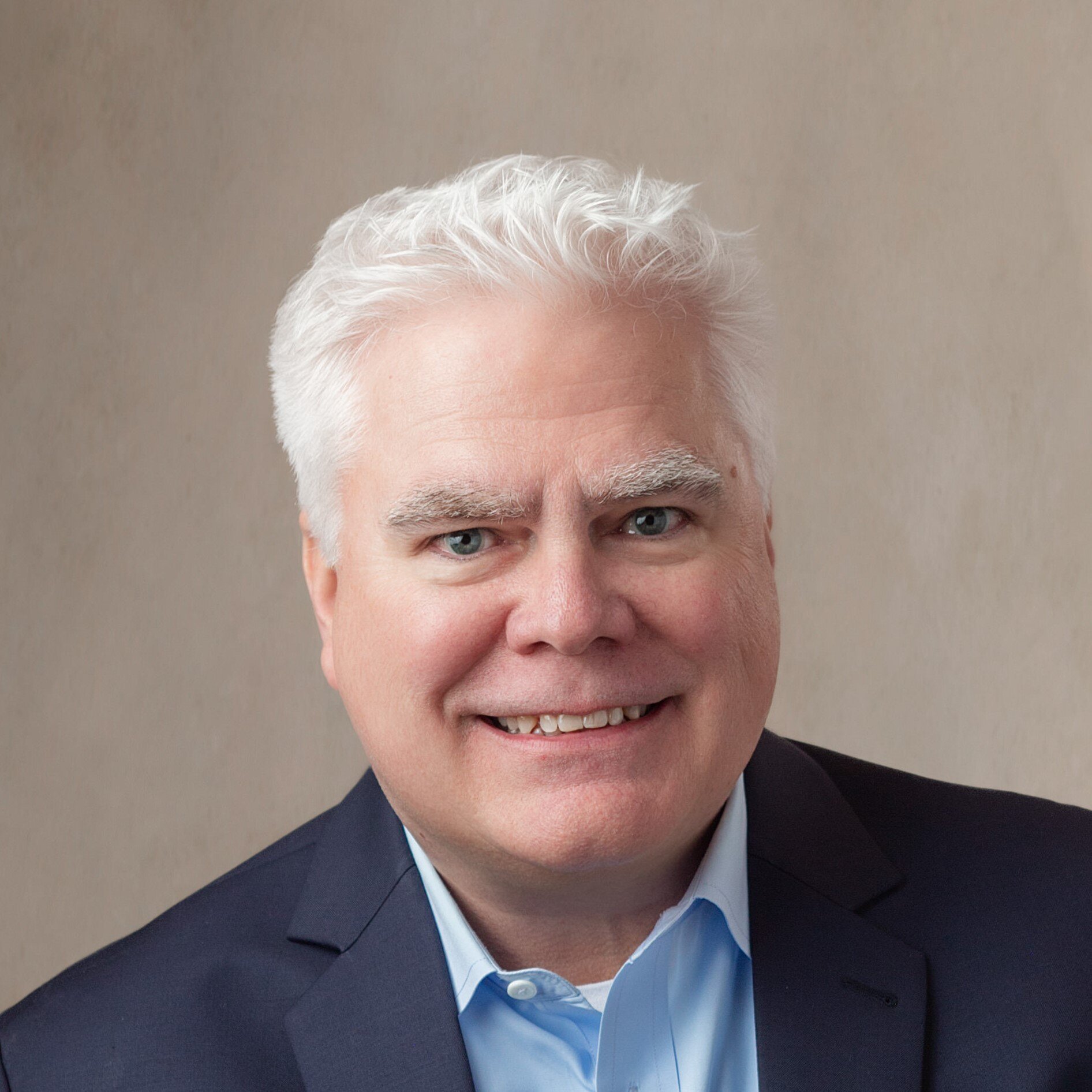And How Great Leaders Address It
The challenges of leadership have never been simple, but today’s environment is testing leaders in new and often chaotic ways. We’re no longer operating in a world where change is episodic. It’s constant, compounding, and unpredictable. A CEO I recently spoke with described it best: “It’s not just uncertainty anymore. It’s layers of uncertainty, and it doesn’t look like that is going to change any time soon, if ever.”
So, what happens when the job of leadership becomes so difficult and exhausting that fewer people even want to do it?

The State of Leadership Today: Overwhelmed and Undersupported
Whether you're a frontline manager or a member of the C-suite, the weight of expectations has grown heavier. While speaking at a conference recently, I asked a room full of people leaders if they felt they had enough time to truly lead their teams. Not a single person raised their hand. That moment underscored a harsh reality; the demands and scope of the role have forced people leadership to fall to the bottom of a long list.
What’s eating up their time? Endless meetings, misaligned priorities, shifting goals, and an explosion of stakeholders. Whether it’s shareholders, customers, boards, employees, investors, or regulators, it’s a lot, and they often have competing agendas and unrealistic expectations.
Add in external forces, such as economic volatility, global instability, and rapid technological change, and it’s no wonder leaders are stretched to the brink.
Related: Silo Syndrome: Overcoming the Mentality that Holds Companies Back
The Pace Has Changed. So Must the Approach.
Traditional leadership relied on hierarchy, long-range planning, and top-down decision-making. Today’s business climate demands speed, agility, and trust-based collaboration.
They must be open to change, whether it’s process, tools, or behaviors. In many cases, what worked yesterday may be obsolete tomorrow.
Leaders are making decisions faster, often with less information, and they're under more scrutiny than ever before. Or they’re overwhelmed with data but unable to analyze and confidently convert it to actions. Many are expected to stay calm, clear, and confident, even when they feel anything but.
In addition, leaders are navigating generational shifts in career expectations. Many Gen Z professionals, for example, are opting out of leadership entirely.
According to a 2023 Deloitte study, nearly 60% of Gen Z workers report having no interest in becoming people managers, citing stress, lack of balance, and inadequate rewards as key reasons. They’re looking at today’s overwhelmed leaders and saying, “That’s not for me.”
Leadership Has Become a Balancing Act of Paradoxes
Today’s leaders are asked to:
- Show vulnerability, but not softness
- Drive performance, but protect well-being
- Be decisive, but collaborative
- Be always on, but preserve boundaries
They must navigate invisible workforces (hybrid, remote, asynchronous), mental health challenges, and dwindling organizational trust, all while maintaining engagement and productivity. The demands are staggering. And the human cost is real.
The Executives Are Not Alright
Nearly half of CEOs report feeling lonely and isolated, and 61% of them believe this affects their performance, according to a Harvard Business Review study. An article in the Journal of Occupational Health Psychology reports that 26% of executives report symptoms consistent with clinical depression, eight points higher than the general workforce at 18%.
This data is concerning on so many levels. The combination of stress, lack of support, and a sense of aloneness is no doubt impacting business results, not to mention personal lives. Yet, most CEOs won’t ask for help or disclose these feelings due to pressure and fear of failure. It’s definitely not alright.
What Great Leaders Do Differently
Despite this pressure, some leaders are thriving. Here’s what sets them apart:
- Model self-care and resilience.
They set boundaries, take breaks, and normalize well-being for their teams and themselves. - Practice ruthless prioritization.
They clarify what matters most this week, not just this quarter. They help their teams let go of what doesn’t. - Create psychological safety.
They practice empathy over sympathy and build trust through vulnerability, transparency, and consistency. They support and nurture environments where people feel confident to speak up and share concerns. - Empower decision-making.
They trust their people and push decisions closer to where the work happens, ensuring alignment without bottlenecks. - Check in often.
They regularly ask: “How are you doing? What do you need from me? What’s getting in your way?” These simple touchpoints foster a culture of care and support. - Lead with vision and purpose.
Through clear communication and actions, they bring teams along under a united mission, connecting the dots between roles and tasks and the impact on the customer or company at large.
What Organizations Must Do to Support Leaders and Their Teams
It’s not enough to expect individual leaders to figure this out on their own. Organizations and boards need to:
- Set realistic expectations. Understand what’s truly achievable given current resources and demands. Then, align priorities regularly.
- Invest in development. Focus on leadership support and coaching that builds adaptability, trust-building, and emotional intelligence, including empathy.
- Support mental wellness. Deliver accessible mental health resources and normalize taking time off to care for themselves and others.
- Redesign the leadership pipeline. If future leaders are opting out, how will your organization grow and evolve?
A Leadership Reckoning…And an Opportunity
The truth is, the leadership pipeline is slowing. Forbes reported 2024 research indicating 39% of employees express no desire for promotion, and 51% are content in their current roles. The role feels unsustainable for many, and unless we address this now, we risk a future with fewer willing leaders and more organizational fragility.
But there’s also hope. If we embrace uncertainty as a catalyst for reimagining leadership and focus on trust, support, and sustainability, we could build a new aspirational model of leadership that people actually want to join.
We need great leaders now more than ever. And great leadership is still possible, even in the age of pressure.
Execute change with confidence
At ALULA, I’ve worked with organizations and leadership teams of all sizes. I’ve witnessed their highs and lows. Time and again, one of the biggest challenges to executive teams is when leadership is disconnected. Revisiting the same issues or decisions over and over. Agreement in person, but rogue in action. If your organization could benefit from our support to align leadership, we’re eager to help. Let us bring 30+ years of experience, behavioral science methods, and our patented and proven models to support you.

















Conversation